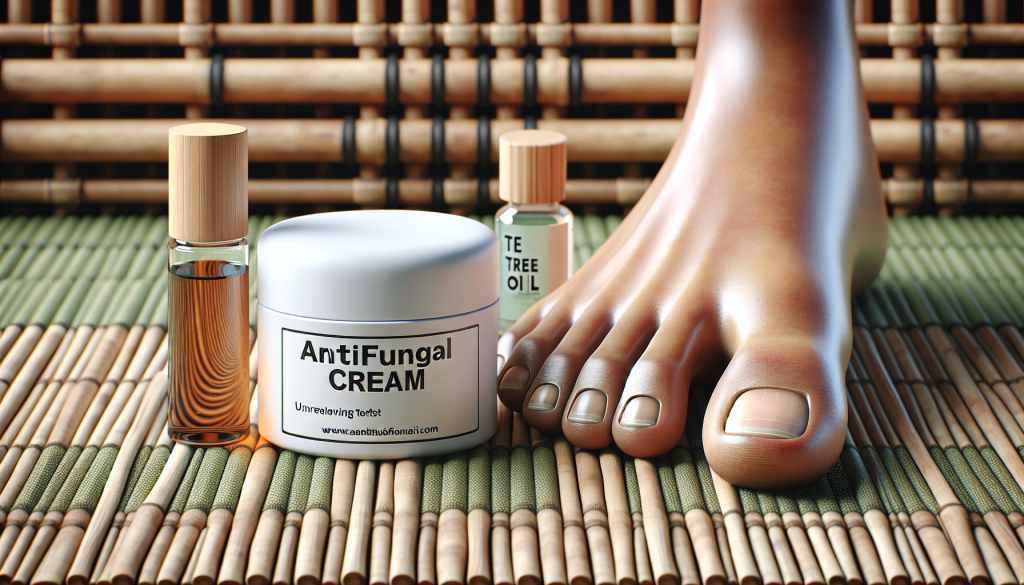
Battling Toenail Fungus: A Beginner’s Guide to Effective Treatment
If relentless toenail fungus has been troubling you, you’re not alone. This pesky condition, known medically as onychomycosis, can be both embarrassing and uncomfortable. It’s more than just an eyesore; the fungus can cause nails to become thick, discolored, and even painful. But fret not, as there are various treatment avenues to explore, including innovations like laser therapy that promise significant improvement without the side effects associated with oral medications.
Toenail fungus is often easy to spot with symptoms like thickened nails, whitish to yellow-brown discoloration, and possible nail detachment. The culprits behind the condition are various fungal organisms, with the most common being a type called dermatophyte. Unfortunately, toenail fungus is stubborn due to the slow growth of nails and the warm, damp environments that feet often inhabit.
While toenail fungus might not make headlines, it’s a widespread concern. Although many shy away from discussing it, acknowledging the problem is the first step to addressing it. For instance, laser therapy, the narrator’s preferred treatment method, boasts an 85% success rate, a significant improvement over the 10-15% success rate of topical creams and the 55-70% effectiveness of oral medications like Lamisil.
Laser therapy uses targeted heat to destroy the fungus without the need for blood tests, concern over drug interactions, and dietary or drink restrictions that come with oral medications. Best of all, the procedure is quick—just 20 minutes—and lets patients immediately get back to their routine. It’s a revolutionary approach that many have found successful, especially after a decade and countless cases of experience put forth by the expert narrator.
Even with promising treatments like laser therapy, it’s essential to recognize that some options aren’t as effective. Creams, for instance, demand a great deal of time and consistency. Moreover, their limited success rates can lead to frustration and wasted resources. It’s vital to steer clear of solutions that don’t offer substantial evidence of effectiveness or come with prohibitive side effects or lifestyle constraints.
When evaluating treatments, it’s crucial to understand the ingredients and how they work. For example, topical antifungal treatments should be used on the skin around the nail to prevent the fungus from recurring. Ingredients like undecylenic acid and tea tree oil can be effective, but their efficiency depends on the concentration and formulation of the product used. It’s always a good idea to consult with a healthcare provider to determine the best course of action for your specific case.
To sum up, treating toenail fungus effectively involves understanding the condition, recognizing the most promising treatments, and being wary of less effective solutions. Laser therapy shines as a strong contender, free from the uneasy trade-offs posed by oral medications and the inefficacy often seen with creams. As with any medical condition, professional advice is invaluable, so don’t hesitate to seek out a healthcare provider for guidance tailored to your needs. Thank you for taking the time to learn about this important aspect of foot health, and remain vigilant in keeping those toes in tip-top shape.